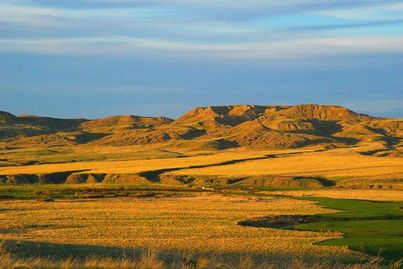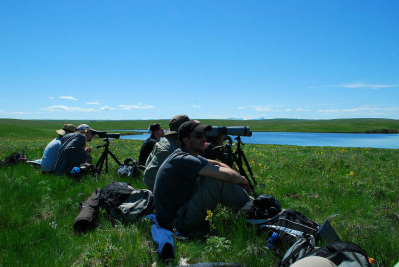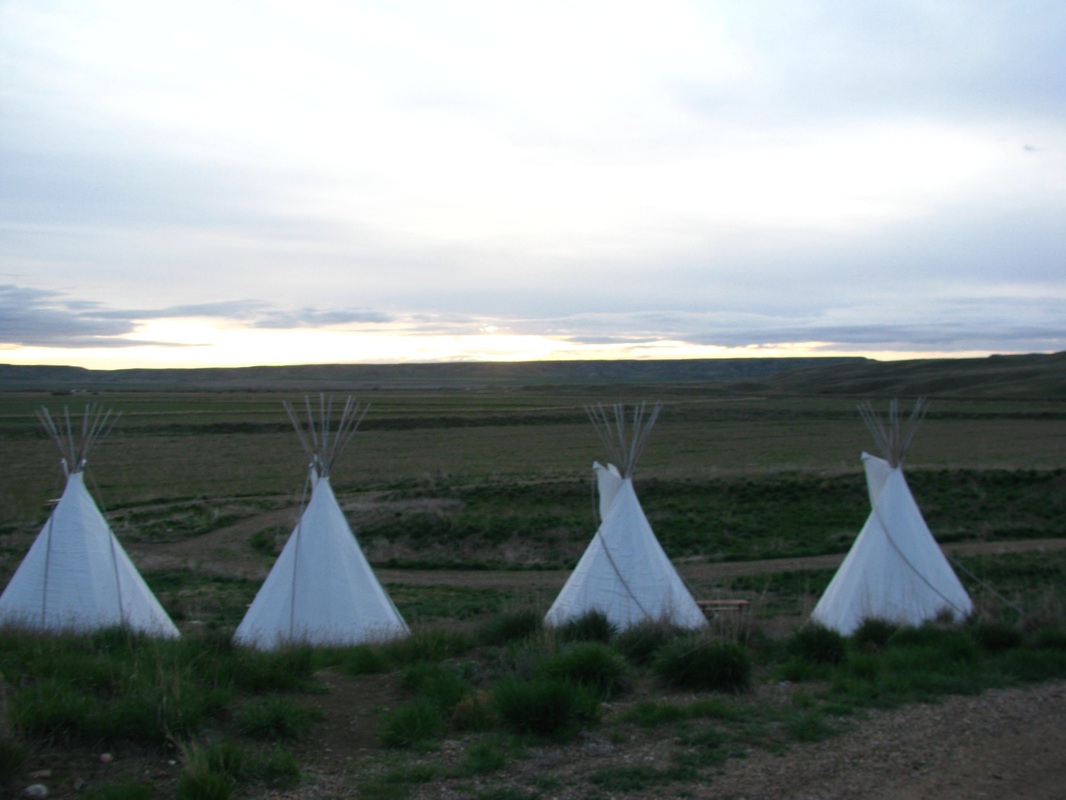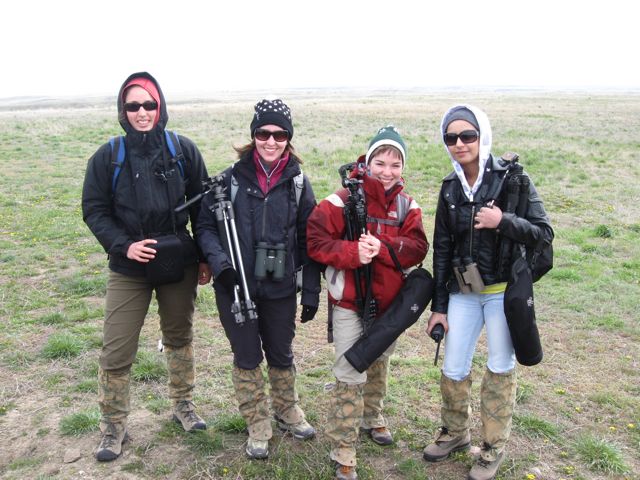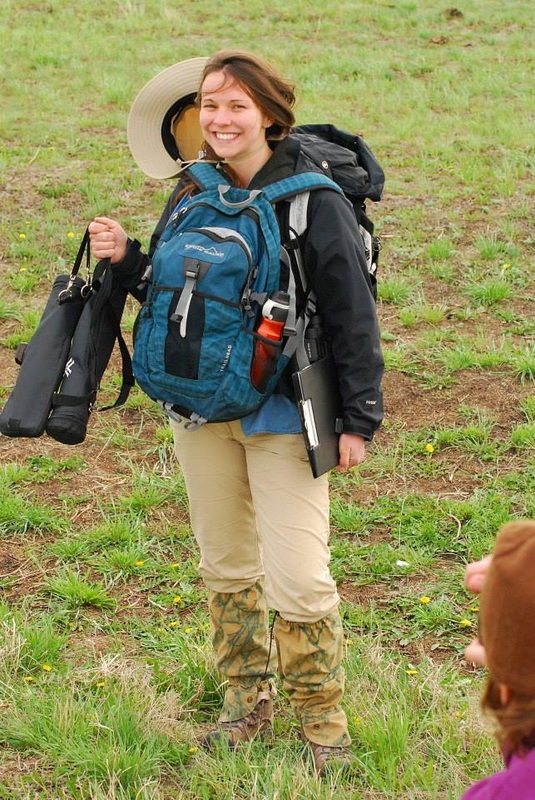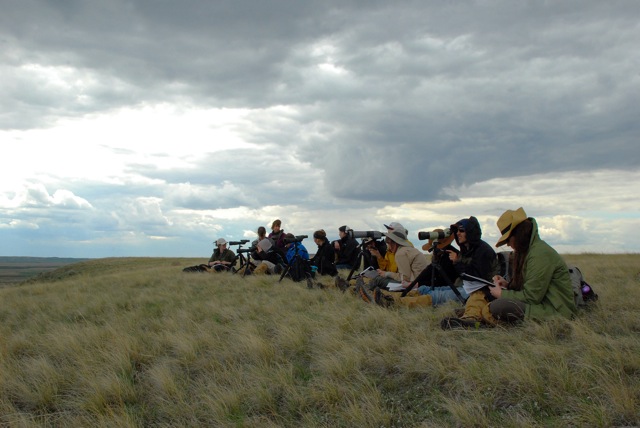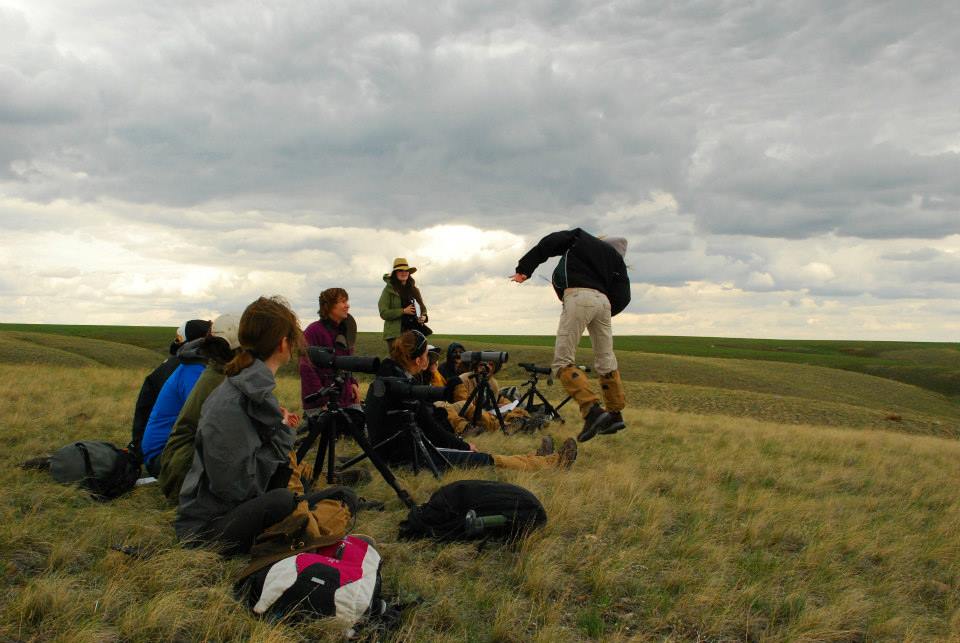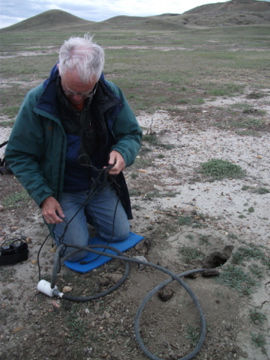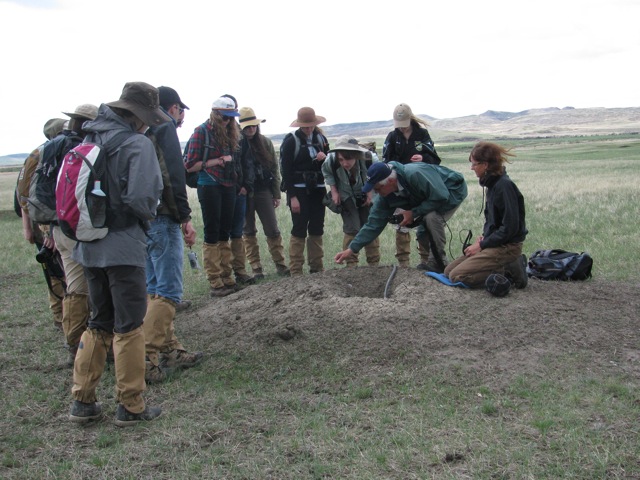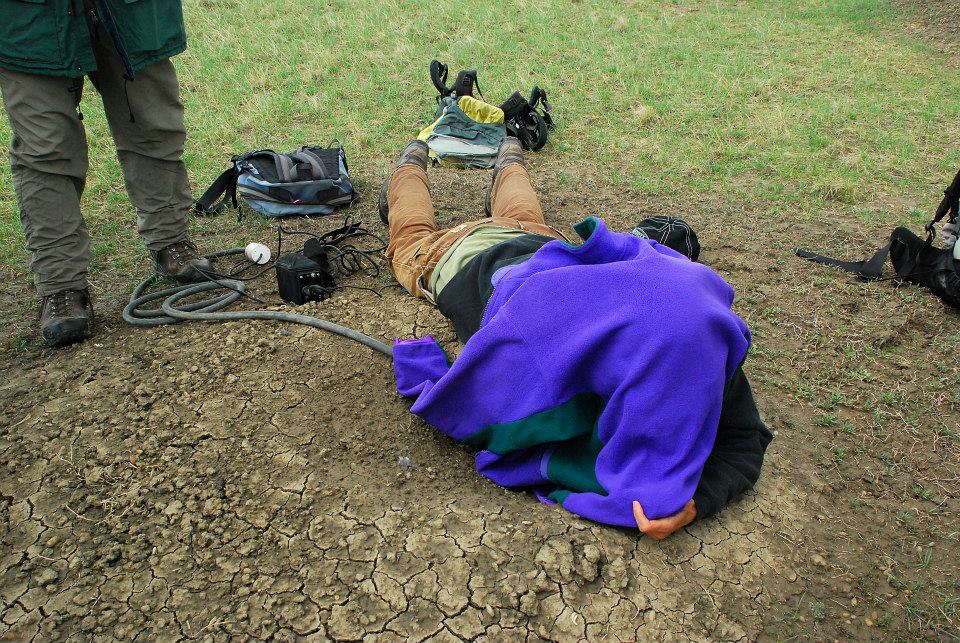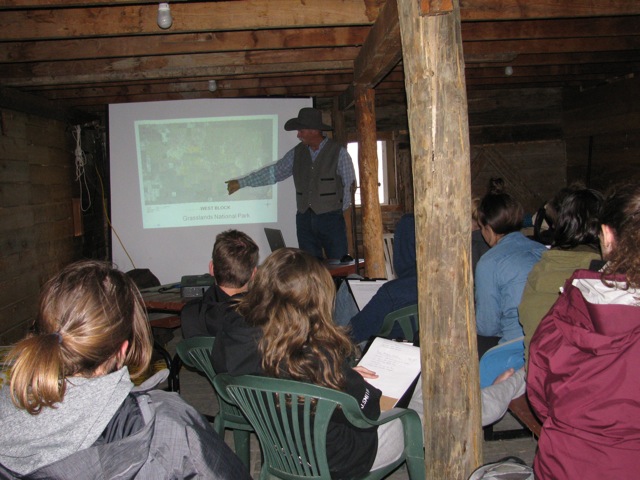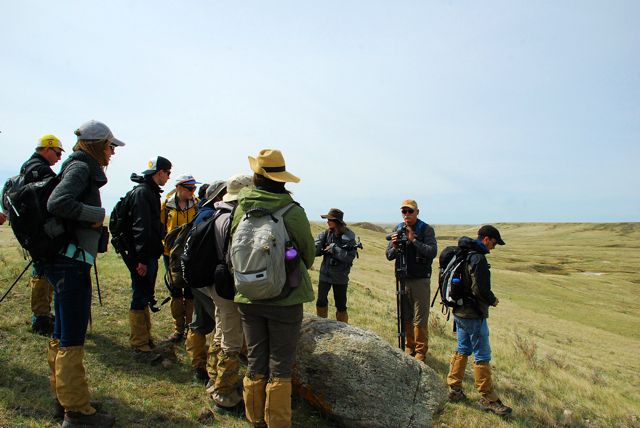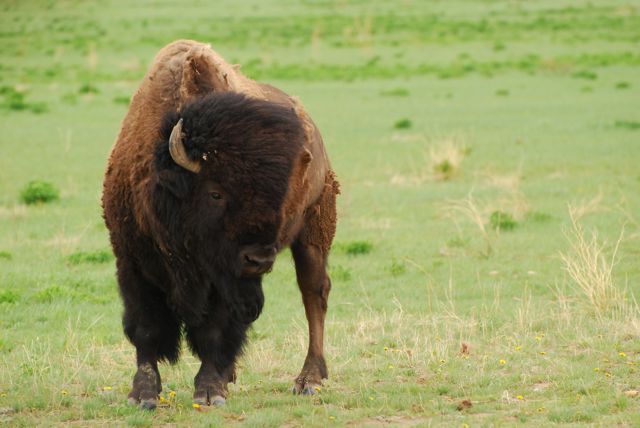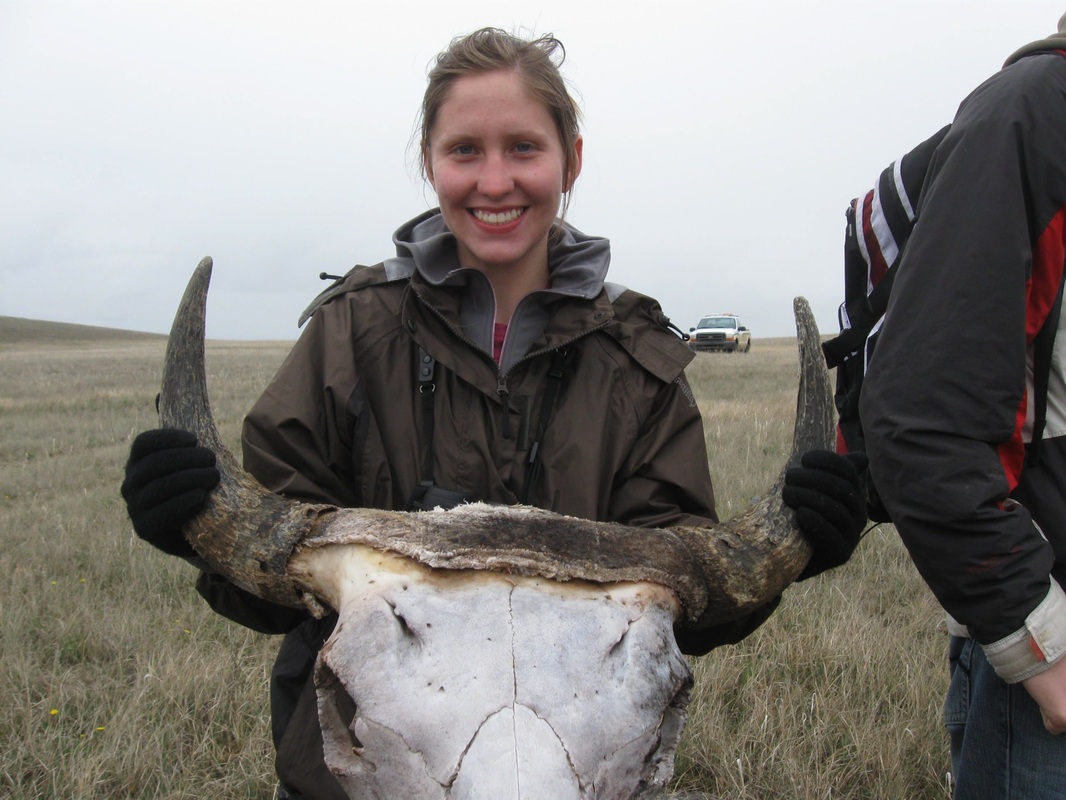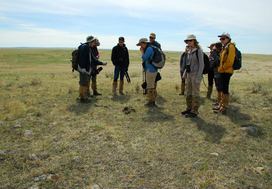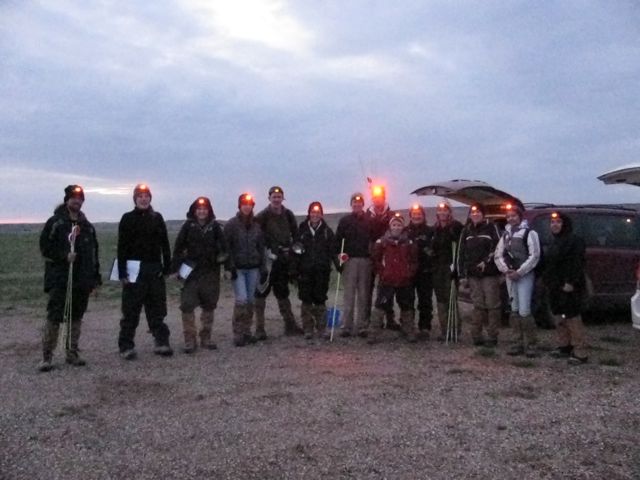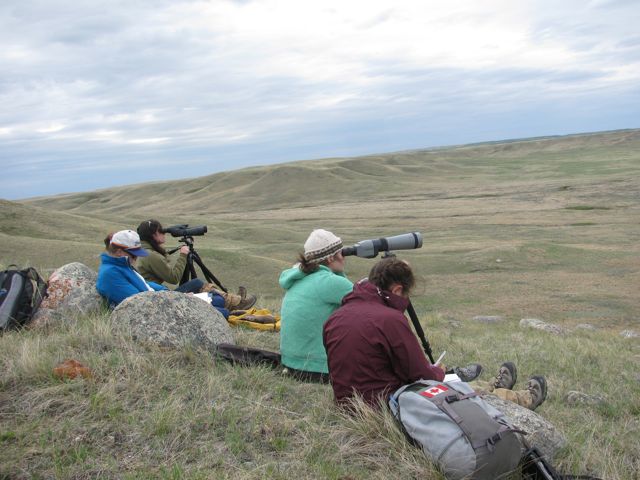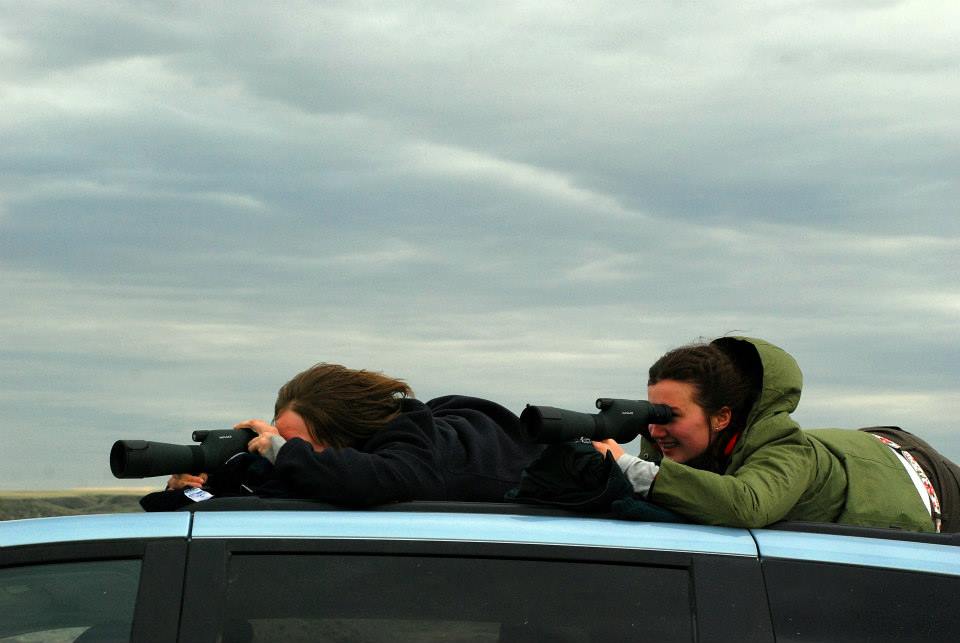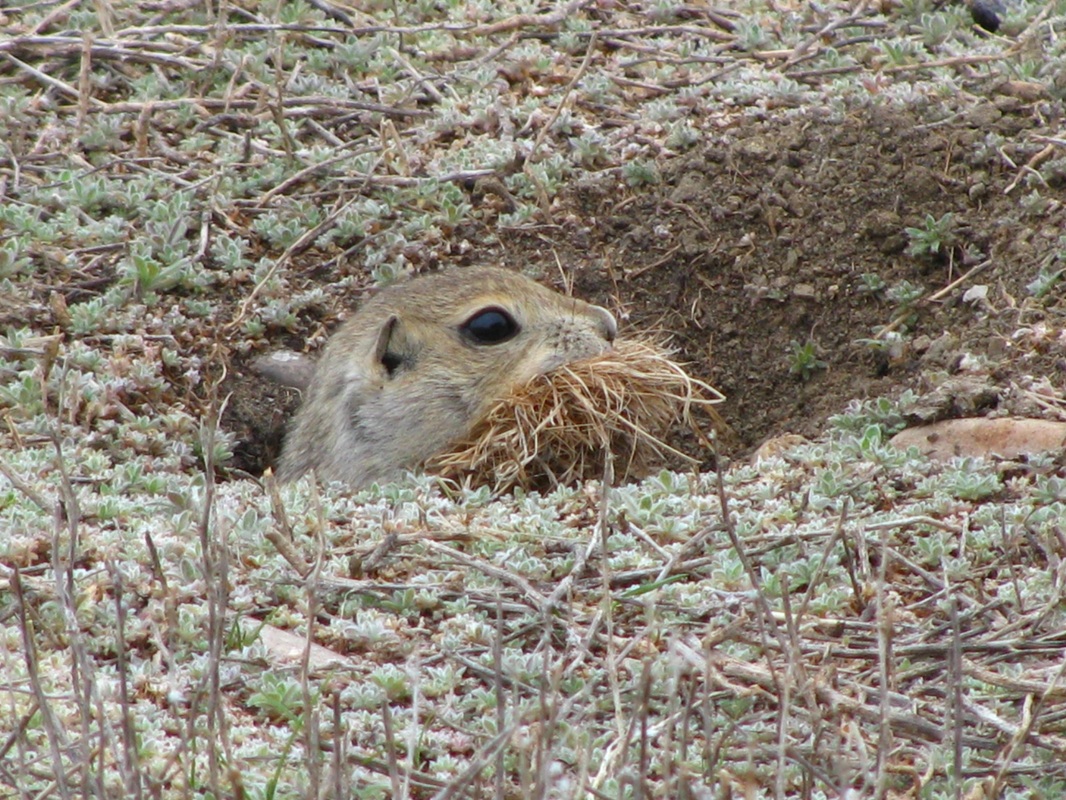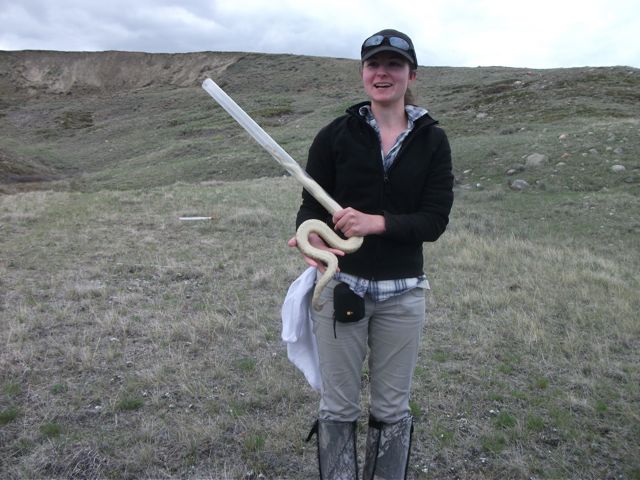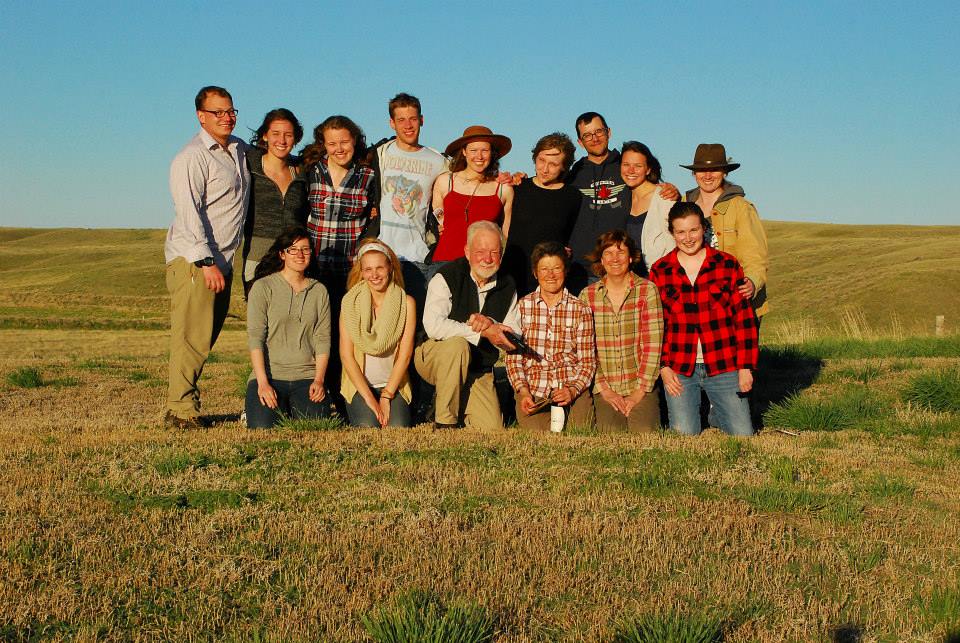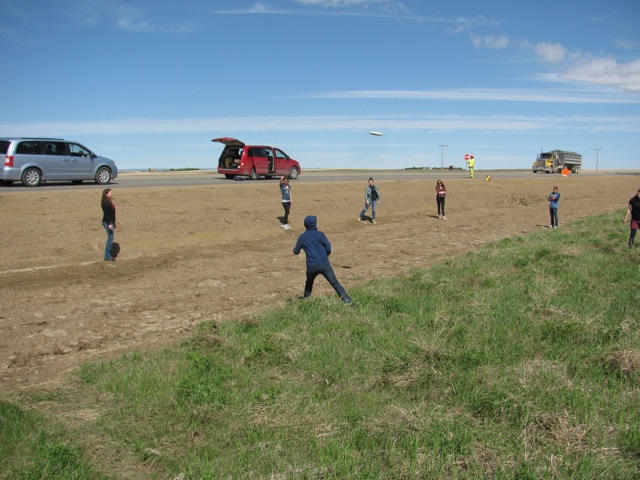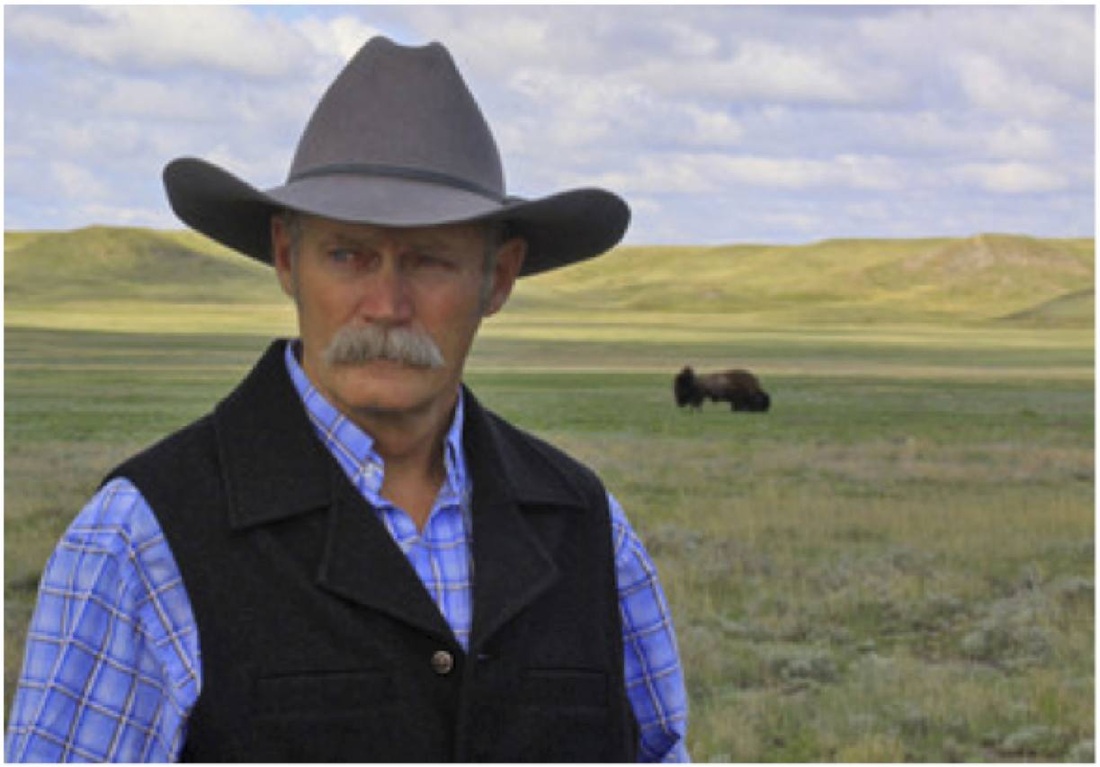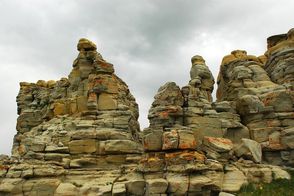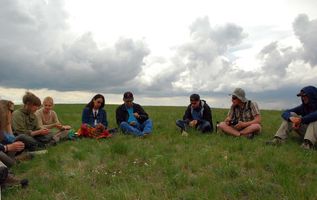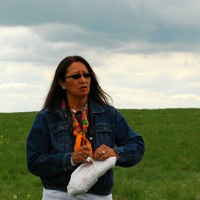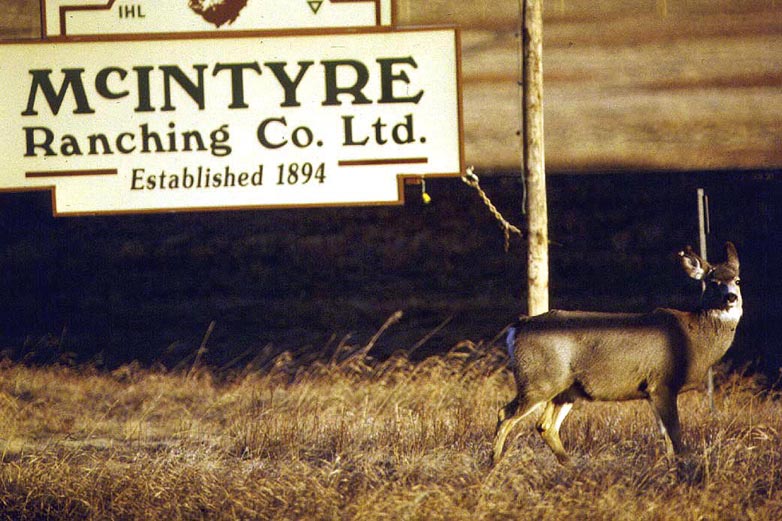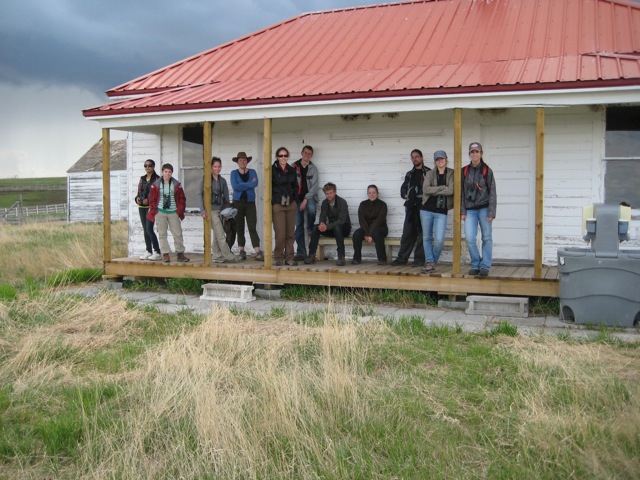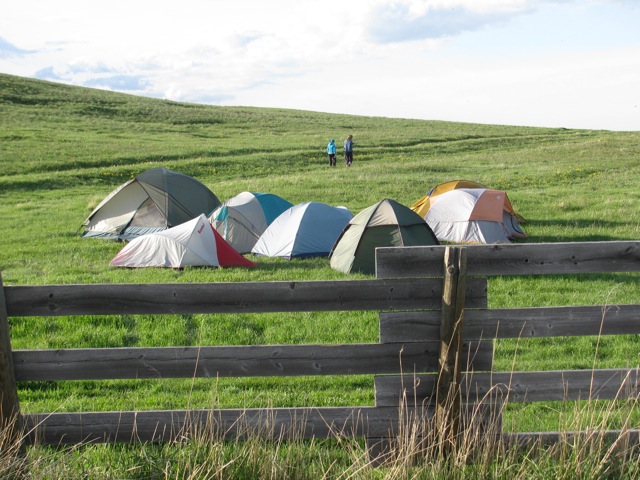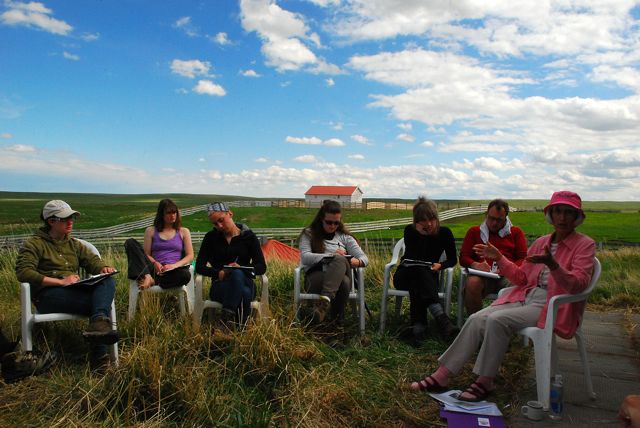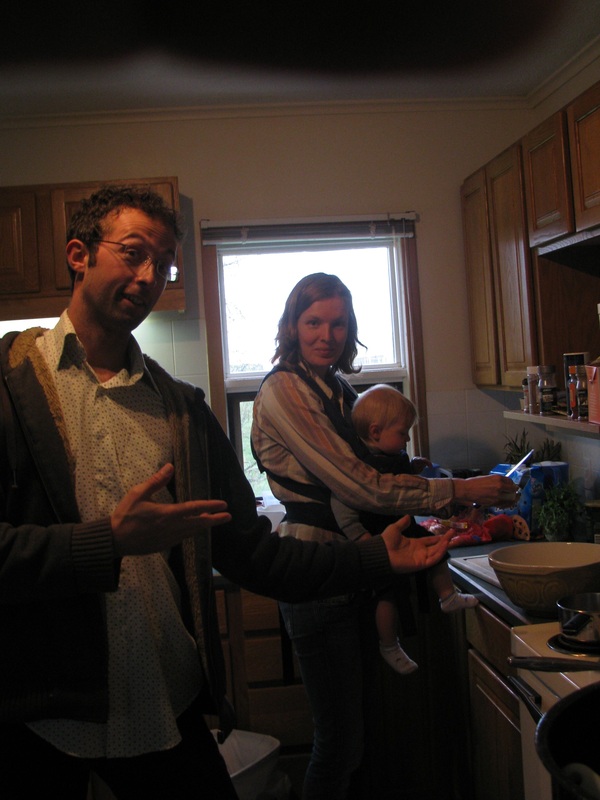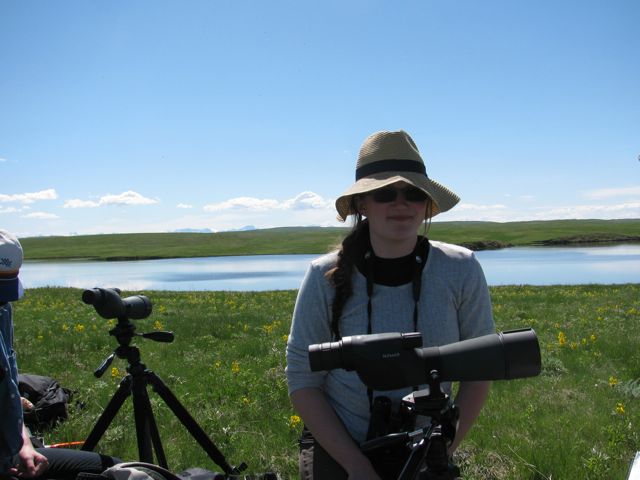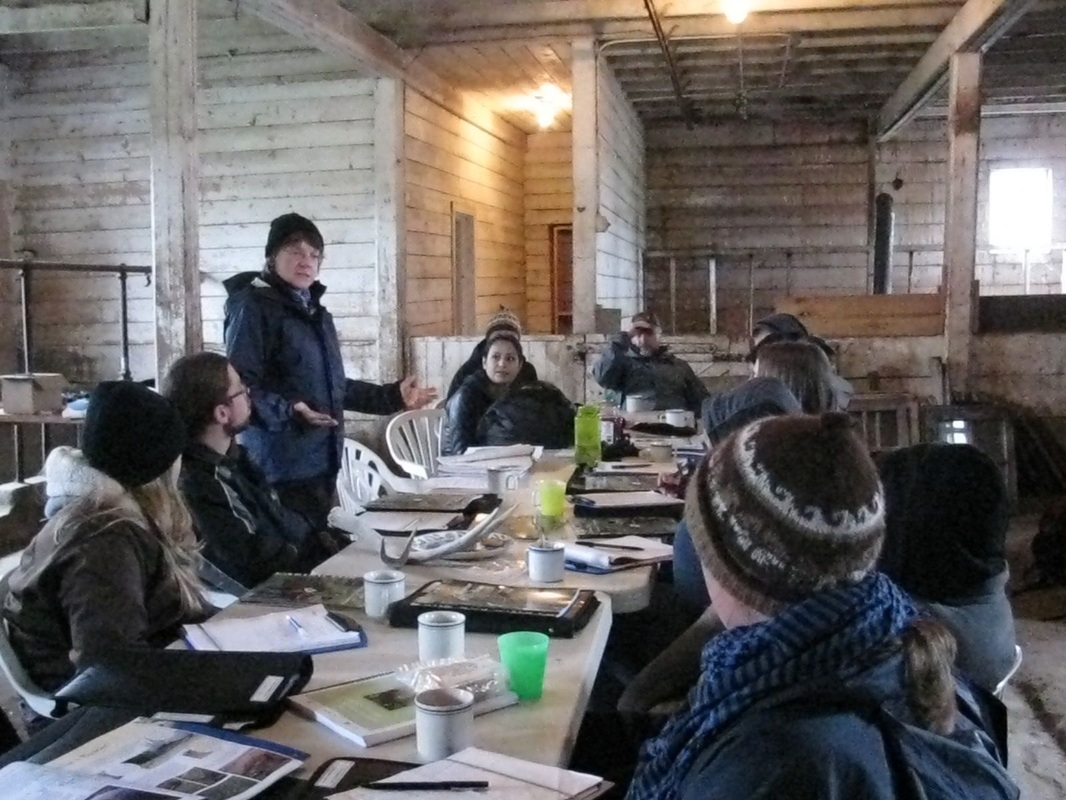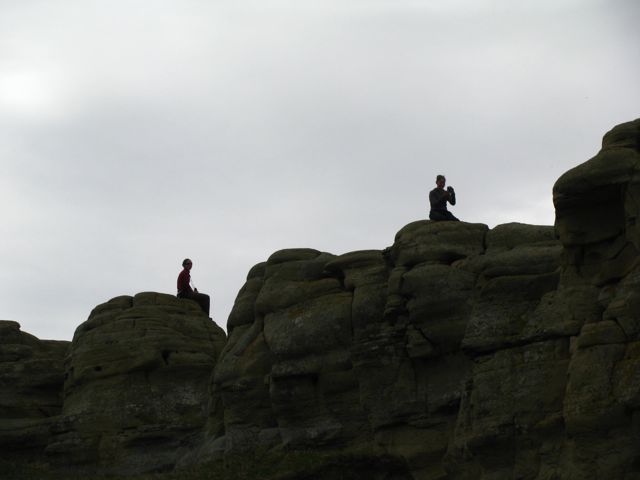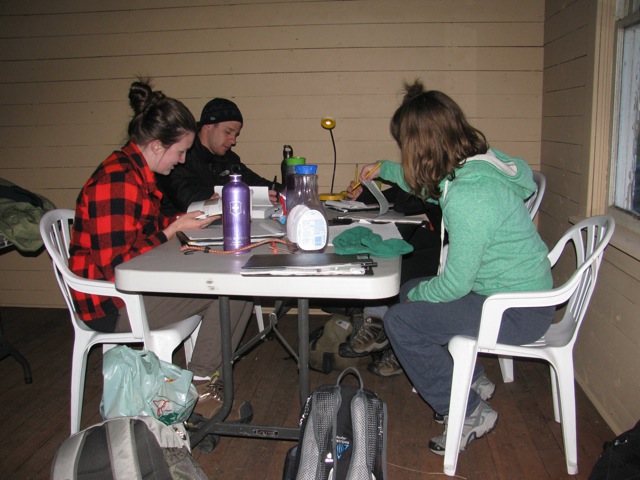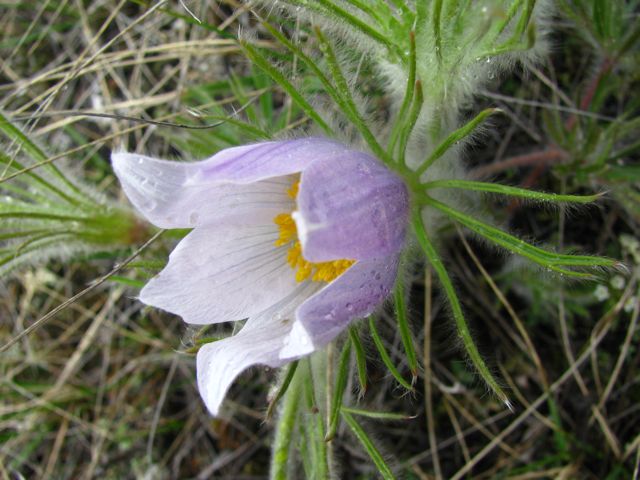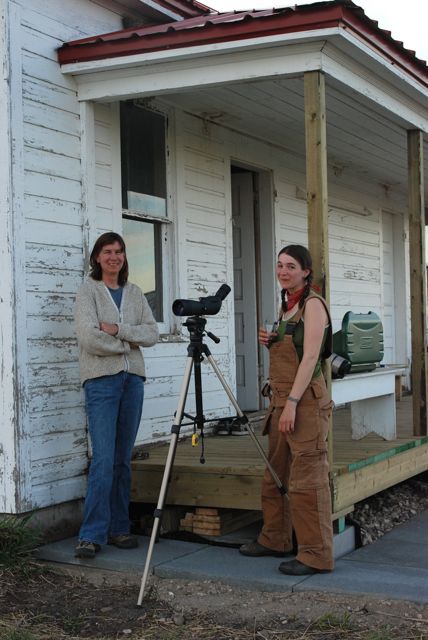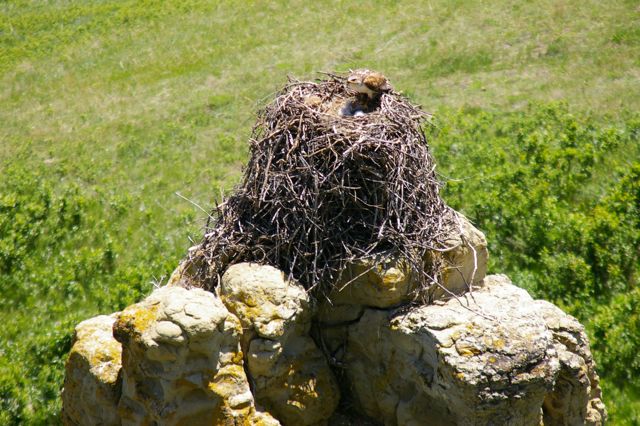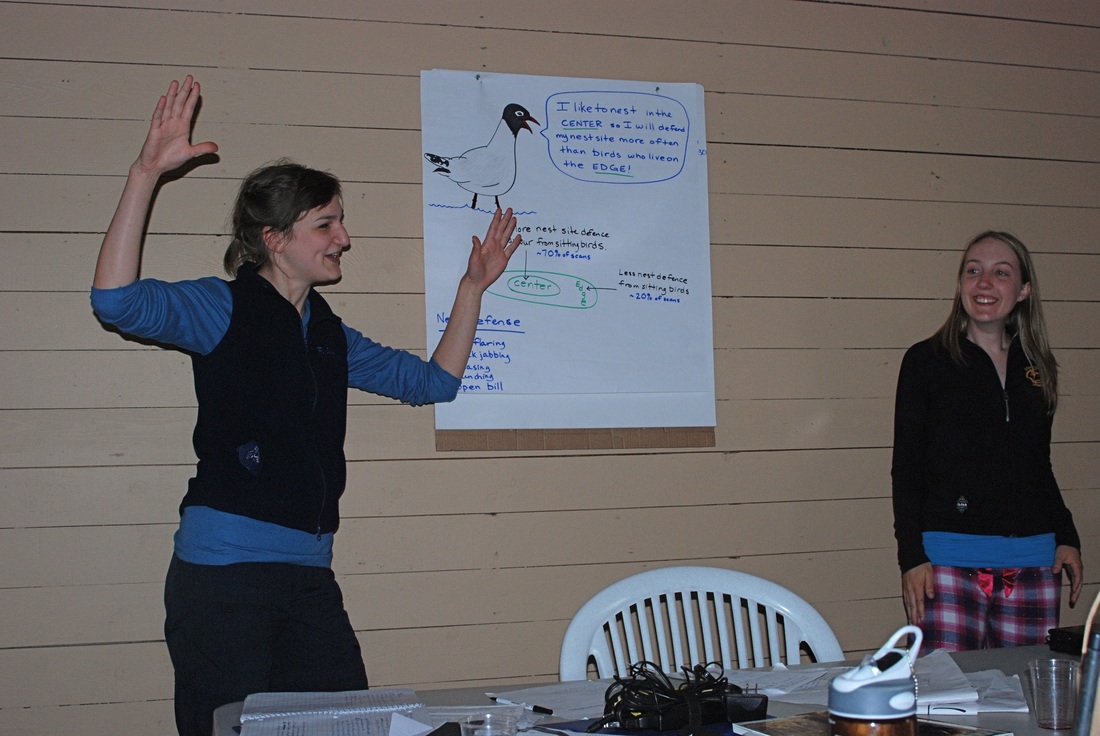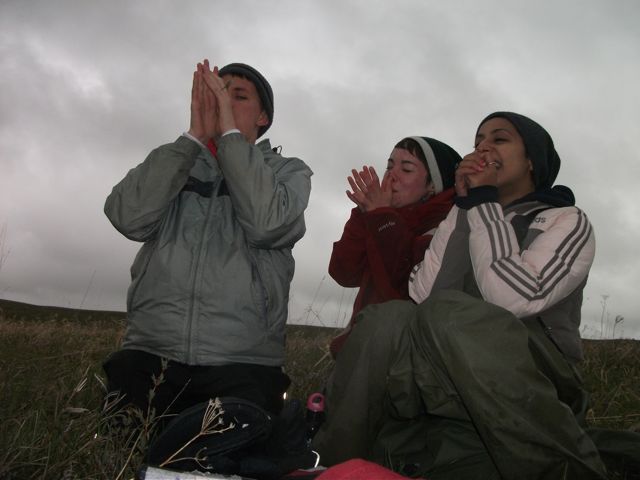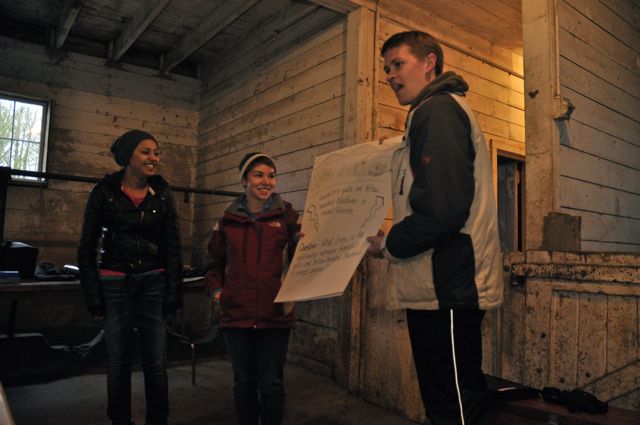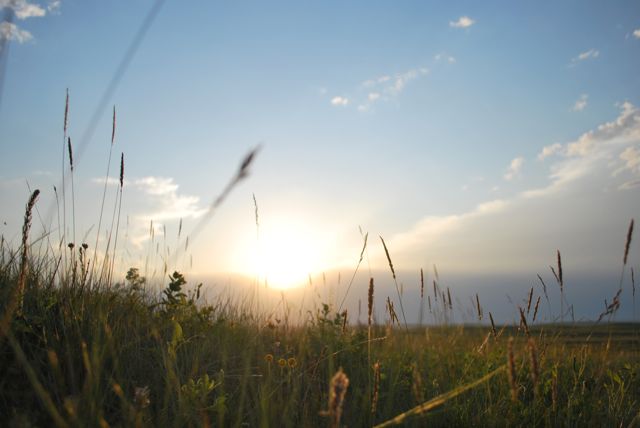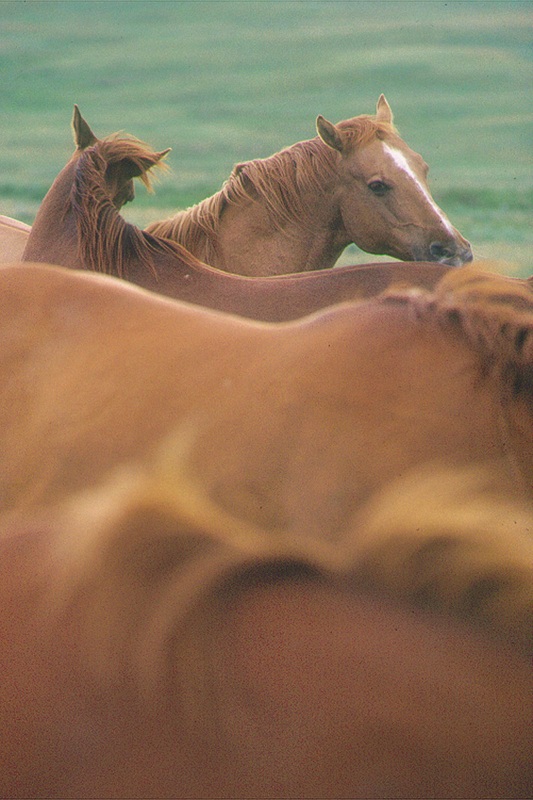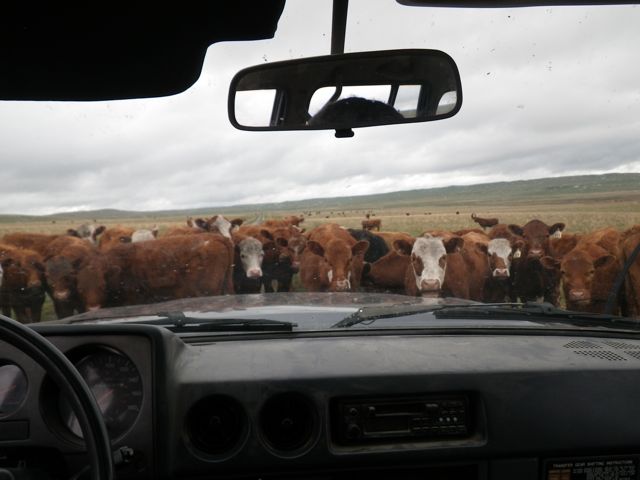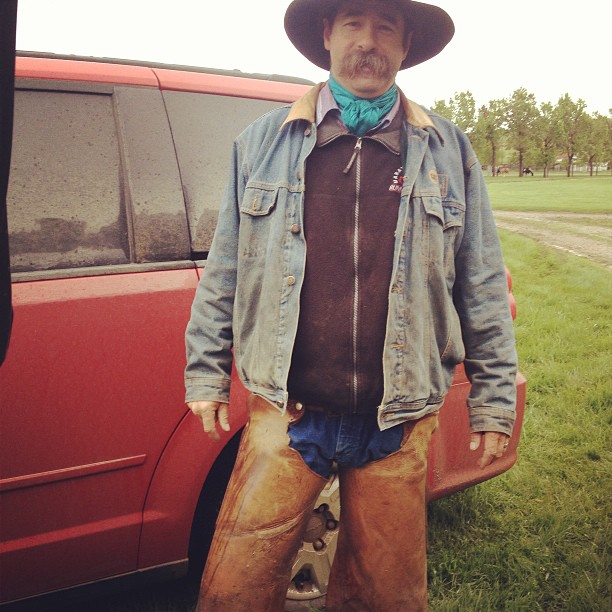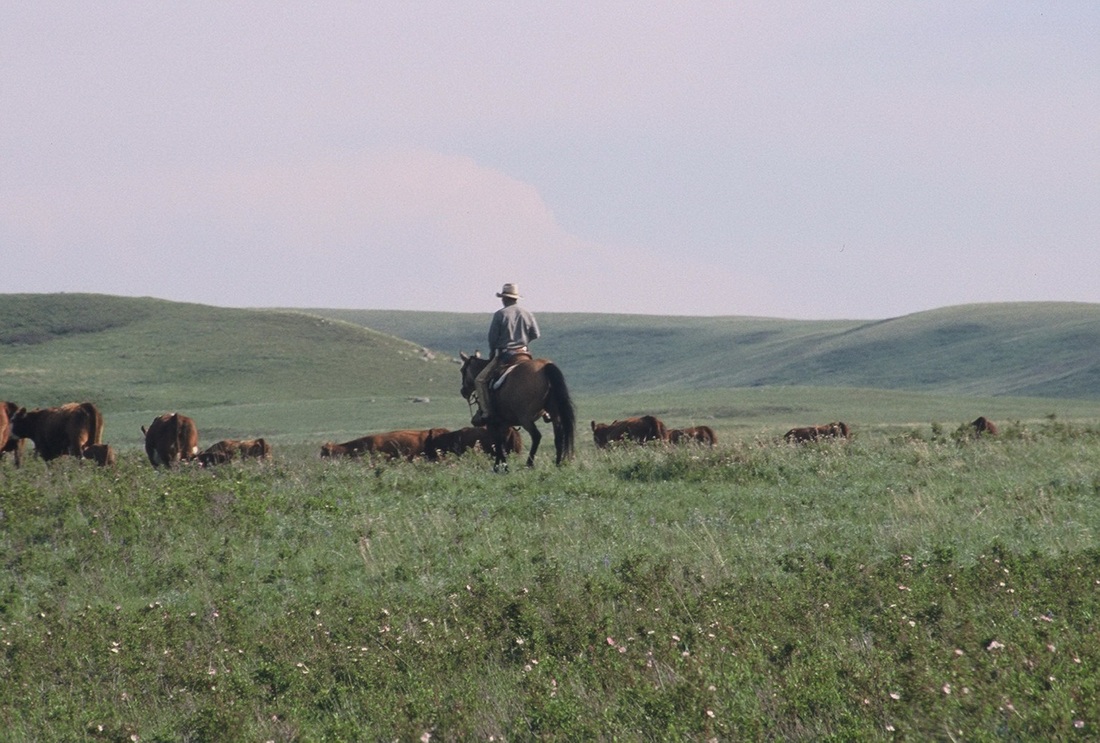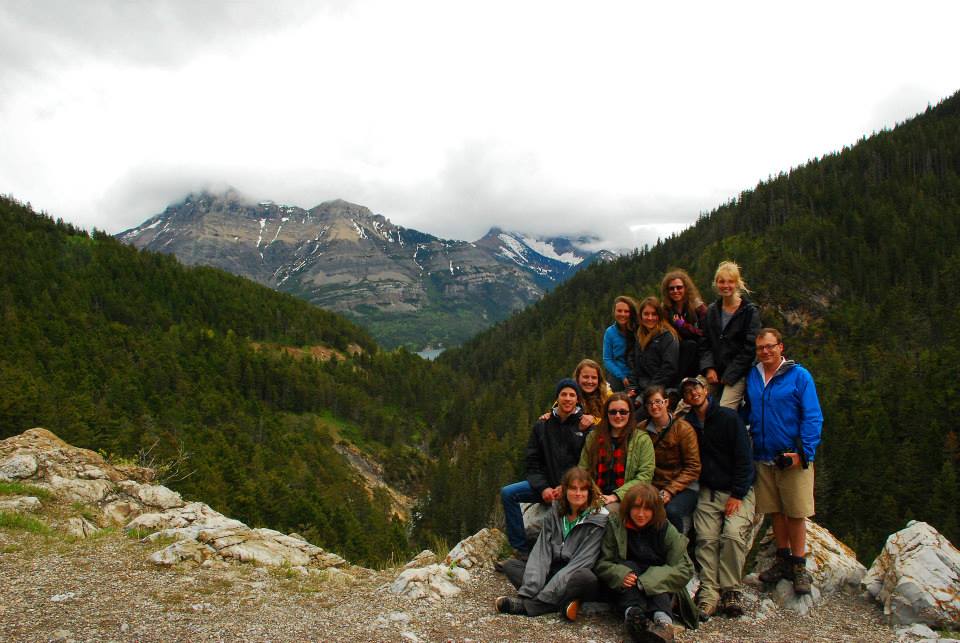Behavioural Ecology and the Prairie Grasslands Field Course
Field Course at Grasslands National Park
|
|
"During the field course I learnt about the practical applications of scientific knowledge, for example: the introduction of the black footed ferret into Grasslands National Park; the maintenance of the bison herd there; and the conversion of farmlands to native prairie. These 'lessons' were greatly strengthened and re-enforced by the time spent studying at Grasslands and on the McIntyre Ranch. My time at the ranch allowed me to plan and execute a research project of my own - an experience impossible to re-create in a lab on campus. During this course I studied an ecosystem while within it, which is an amazing experience. Participating in the field course opened my eyes to the breadth of biological research being done in the Canada through the presentations by many guest lecturers to the group. Because of this course I realized my dream to pursue graduate studies in biology." Nastashya Wall (2011 field course; begins M.Sc. research at McMaster University September 2013)
|
|
|
|
See www.wesolson.ca to learn about the work and art of Wes Olson and Johane Janelle. This includes ecological consulting services, writing and artwork.
|
Each of the groups you have introduced me to over the past several years had 100% engagement in the topics being discussed, . . . these people all want to be where they are, and they clearly want to gain as much from your course as possible. The questions are always pertinent, probing and demonstrate a level of knowledge and comprehension I don't often encounter.
My intent when I meet with a group is to try to provide them with a basic level of knowledge relevant to the topic, to perhaps give them a deeper appreciation and understanding of the complexities and beauty of the ecosystem we are in at the time and if I'm fortunate, to make them think. This has been easy with your groups and each year I look forward to meeting the next group. I wish the opportunity to join a class like yours had been provided to me when I was their age. Wes Olson, Resource Conservation, Parks Canada |
Field Course at McIntyre Ranch
Support our students!
This course would not be possible without contributions from McIntyre Ranch, Parks Canada, The Crossing Campground and Resort, Prairie Winds & Silver Sage - Friends of Grasslands, Nature Calgary, Environment Canada, Province of Alberta, university professors (University of Manitoba, University of Regina, University of Lethbridge, University of Winnipeg) and from Cabela's Canada and Eagle Optics Canada, who loaned us optical equipment essential for our work. Many many individuals generously shared their expertise, enthusiasm and time with the students through presentations, discussions and trips into the field.
On-line donations for the upgrade of the field site and operational costs needed for the Field Course are gratefully accepted through the University of Winnipeg Foundation. To obtain an informational brochure and pledge form, click here or contact Dr. Susan Lingle for more information.
On-line donations for the upgrade of the field site and operational costs needed for the Field Course are gratefully accepted through the University of Winnipeg Foundation. To obtain an informational brochure and pledge form, click here or contact Dr. Susan Lingle for more information.
